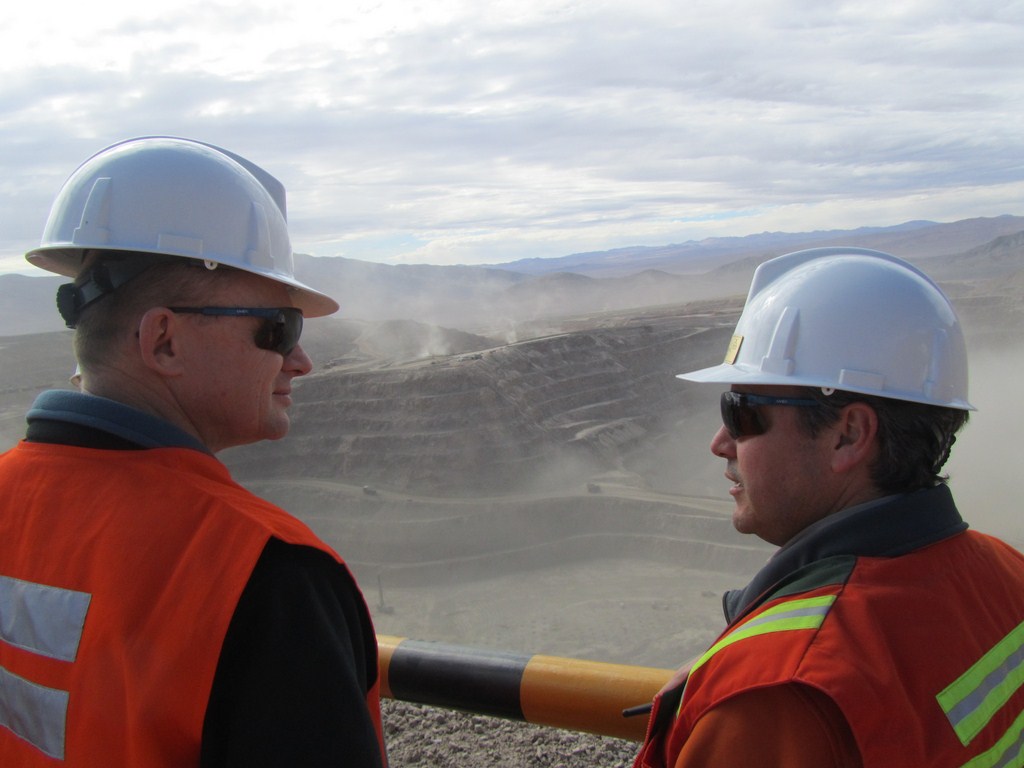By Crystal Ladiges
A mine in the north of Chile – one of the driest places on Earth.
On the surface, Australia doesn’t seem to have a great deal in common with the Republic of Chile, our friend from across the Pacific.
Australia is an island. Chile controls Easter Island.
Australia’s mainland is the smallest, flattest continent on Earth. Chile is home to the Andes, the world’s longest continental mountain range.
Recently, a Victorian man discovered a Corn Flake shaped like Australia. I’m yet to come across any credible reports of Chilean-shaped cereal.
While we are seemingly different in many ways, two things our nations do have in common are a dry climate and a large mining sector that requires an abundant supply of water.
That’s why water is a major focus of the CSIRO Chile International Centre of Excellence in Mining and Mineral Processing, which has two research nodes – one in the capital Santiago and another in the industrial centre of Antofagasta.
Antofagasta has one of the driest environments in the world, meaning freshwater is a scarce commodity. This is why pumping seawater to copper mines (a very expensive process) might become an unavoidable reality.
For this to be achieved several barriers must be overcome: equipment and pipelines will have to be improved to cope with the corrosive nature of seawater; water rights management systems will have to be put in place; and cost and energy offsets will have to be found. These are the problems that the Centre of Excellence is trying to solve.
While we do have our differences, both Australians and Chileans understand the importance of managing our scarce water resources.
Read more about our minerals research in resourceful magazine.


